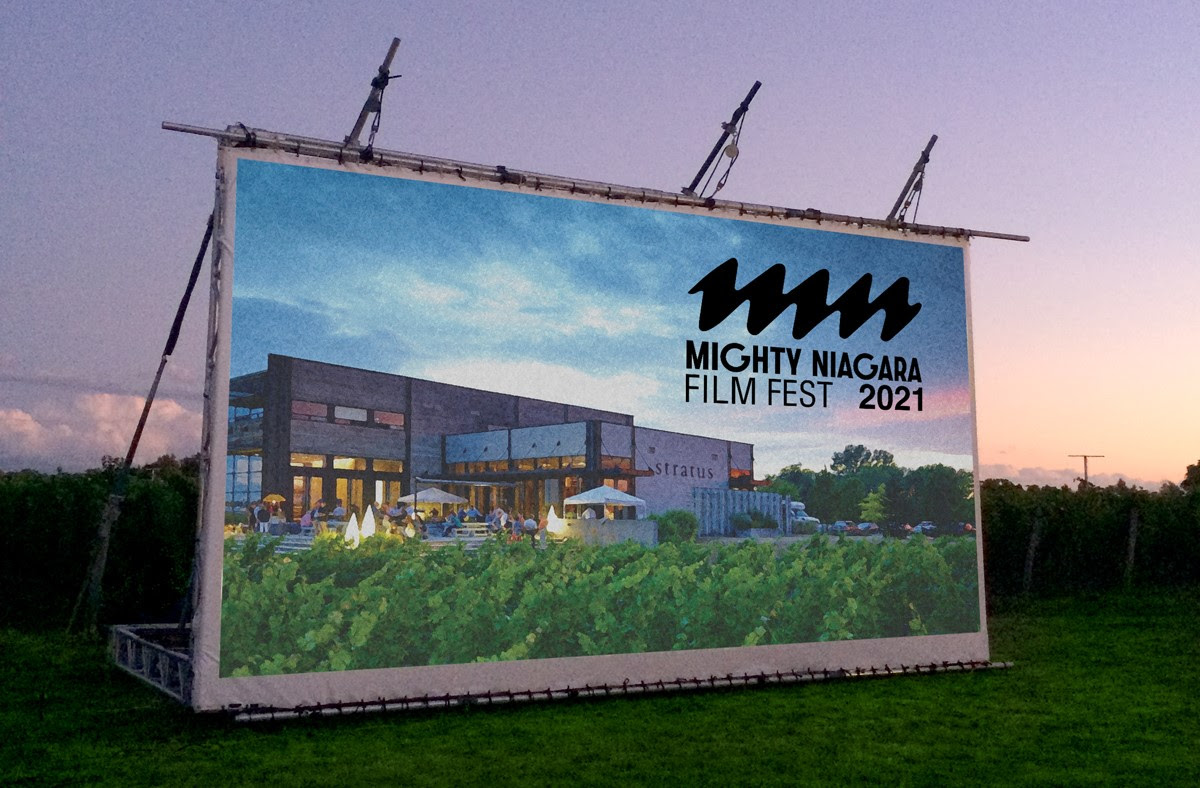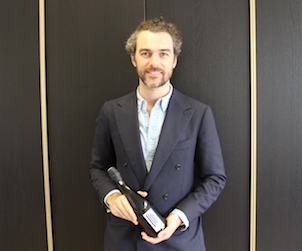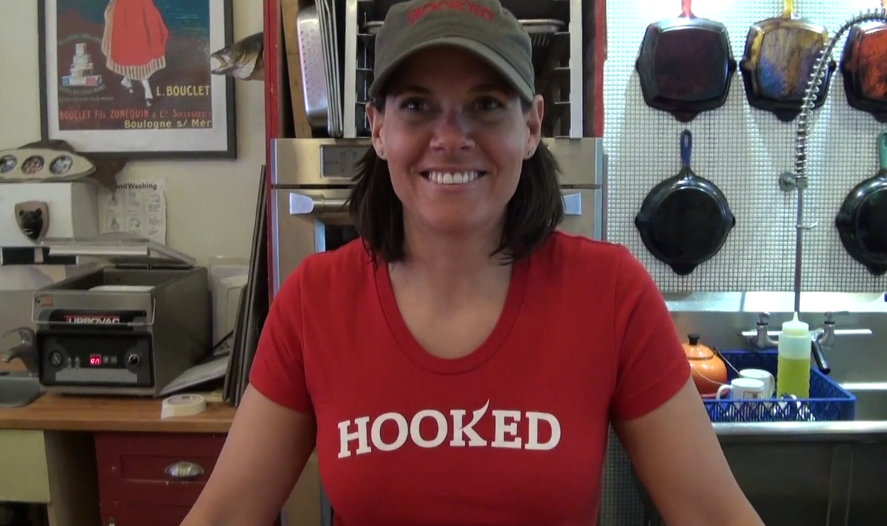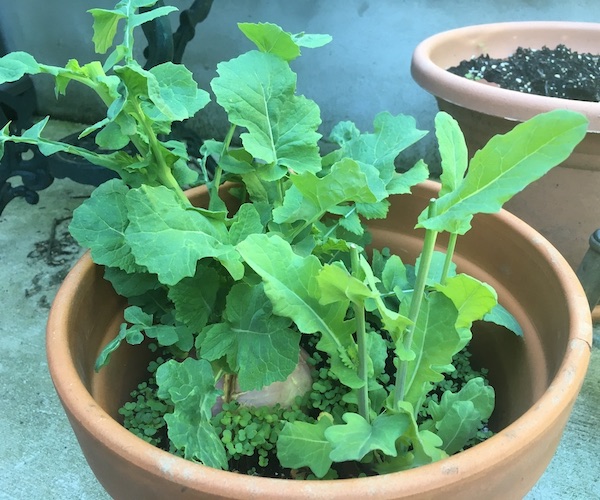By Christine Sismondo for The Toronto Temperance Society, A Certified Good Food Fighter
For some five years now, people have been asking why Toronto hasn’t developed the same kind of cocktail culture that has taken root in New York, Seattle, Chicago, San Francisco and British Columbia. Where’s our versions of Milk and Honey, Zig Zag, the Violet Hour, Clive’s Classic Lounge or Bourbon and Branch?
It’s certainly not for want of talent. There are great things going on out there but, unfortunately, often in little isolated camps. Step into the dining rooms of the high-end restaurants and you’ll be presented with a cocktail list created by some very food-oriented “mixologists.” And, in addition to them, good folks like Jen Agg, Dave Mitton and Brock Shepherd are also doing their innovative things – generally along more traditional lines.
Still, these are mostly restaurants with interesting cocktail programs. Thus far, Toronto has not managed to produce a bar devoted primarily to cocktails. At least, not in the style we’re talking about – pre-prohibition bartending.
Indulge us in a little digression. There are two terms in play here – mixologists and bartenders. And there is a difference. As New York’s Sasha Petraske explained at a recent Hart House event, the terminology indicates different philosophies. Bartenders are craftsmen; mixologists are artists.
I consider myself a bartender – and not the greatest one at that. I still have plenty to learn about technique but, happily, have two of the best people in the city manning the counter at Toronto Temperance Society to help me along. Bartenders follow fairly precise recipes as they strive to reclaim all that misplaced pre-prohibition knowledge and get the best out of our spirits. And ice. How best to use ice? Suffice to say ice can be complicated.
Think of bartending as being a lot closer to baking than cooking. Cooking is an art; baking, a science.
This said, there seem to be three main obstacles to reviving pre-prohibition bartending in Toronto – the actual tools, the lack of a spirited community of bartenders who want to share with one another and the LCBO. What’s worse – as I’ve learned in spades readying TTS for launch – all three are interconnected.
For now, we’re working on the community. For every one who wants to sit on knowledge – enjoying a race to the bottom instead of growing a cocktail culture – I’ve found three happy to work together. It’s really just a matter of attitude – that plus finding a place for us all to hang out. Thus far, that’s been largely in my kitchen.
The great thing about building the community is that, once it starts, the other two problems begin to solve themselves. For example, Sandy De Almeida, a talented bartender who works at the Gladstone, and Mike Webster, another great, who works at the Drake, have helped me understand that Yarai mixing glasses and Japanese teardrop spoons are the best.
The only problem there? These are only to be found at Greg Boehm’s shop in New York. Well, wouldn’t you know it, one of my new cocktail friends, Patricia Noonan, just happens to be heading to Boehm’s shop this week. She’s bringing them back for us. And the pieces just start fitting themselves together.
Then there’s the LCBO, which takes a lot of heat and some of it is deserved. To give it props, though, it has become much better in a lot of key areas. Oenophiles might still complain but, to the average home buyer, the LCBO really offers one of the best wine supplies in the world. And that’s probably true for the average spirits drinker, too.
But for the specialist, who wants Amaro Nonino, Maraschino or Lillet (all absolute essentials to the pre-prohibition craft), it’s a maze of hassles trying to get and stockpile what you need. Fortunately, the community helps with that, too, and people now call me to advise that, say, Domaine de Canton is in at Summerhill and I’d better get down there to grab the last five bottles. It’s involved and takes a lot of leg-work, but we work with what we’ve got.
My hope is that this community will lead to a demand and a public that will make it clear to the LCBO that there are some quality products the public really wants. We don’t need any more flavoured vodkas – and it’s not the LCBO’s fault they’ve got shelves and shelves of them. But we could really use some Crème de Violette.
We hope you’ll join us in the project. Once you try a Vieux Carre (Sandy’s favourite) and a staple on our menu, you’ll never go back to Alize. We hope to open the doors in early July. Please visit our website for more information: www.torontotemperancesociety.com








